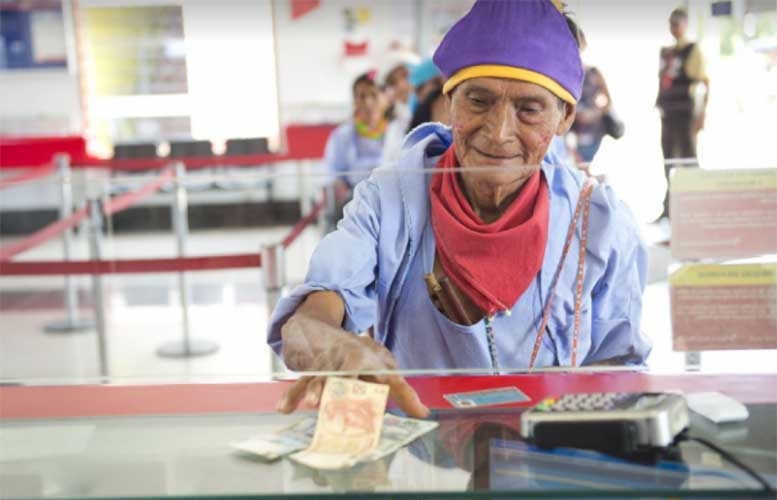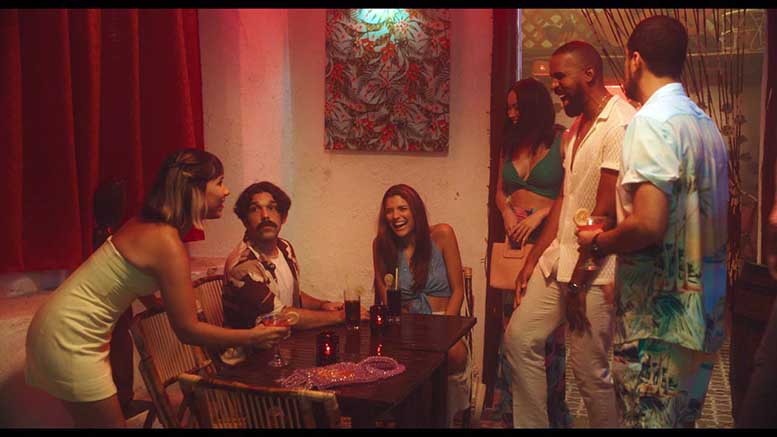
Lima.- Publicis Global Delivery (PGD), la unidad de negocios de Publicis Groupe se enorgullece en anunciar el regreso a Lima de los programas PGD Academy y Professional Booster, dos espacios de formación y aprendizaje diseñados para llevar a los profesionales limeños a un nivel superior en marketing digital. Los dos programas dan comienzo el 2 de septiembre del presente año, cada uno con sus propios requisitos para la formación en habilidades para el mundo del marketing, los cuales les enunciaremos a continuación:
PGD ACADEMY
Este innovador programa ofrece un entrenamiento virtual gratuito y remunerado de 4 semanas, diseñado para proporcionar a los participantes las habilidades esenciales en el dinámico campo del marketing digital. Dirigido a estudiantes y recién graduados de la universidad, el programa de PGD Academy brinda una oportunidad única para aprender de los mejores en la industria. Los participantes tendrán acceso a sesiones impartidas por speakers top, certificados en plataformas clave y la posibilidad de unirse a PGD para trabajar con clientes globales, siempre y cuando demuestren un desempeño destacado. El programa combina clases teóricas y prácticas para asegurar una experiencia de aprendizaje integral, llevando el conocimiento de los participantes al siguiente nivel. Esta es una oportunidad imperdible para aquellos que desean avanzar en sus carreras profesionales y adquirir una formación valiosa en marketing digital. Los requisitos para aplicar a esta convocatoria son tener inglés avanzado C1 el cual será evaluado, ganas de aprender y compromiso, disponibilidad de 4 semanas de lunes a viernes de 8:30 a.m. a 5:30 p.m.
Para asegurar tu lugar en PGD Academy ingresa aquí:
https://jobs.smartrecruiters.com/PublicisGroupe/744000003935635-pgd-academy-digital-peru-ola-xxxi-
PGD PROFESSIONAL BOOSTER
Este entrenamiento virtual y gratuito de 4 semanas está diseñado para profesionales con alrededor de 1 año de experiencia en marketing digital que buscan potenciar sus habilidades y conocimientos. El PGD Professional Booster ofrece una oportunidad exclusiva para quienes desean avanzar en su carrera en el competitivo mundo del marketing digital. Durante el programa, los participantes tendrán acceso a sesiones impartidas por speakers top de la industria, obtendrán certificados en plataformas clave y tendrán la posibilidad de unirse a PGD para trabajar con clientes globales. Los requisitos para aplicar a esta convocatoria son contar con 1 año de experiencia en la gestión de campañas publicitarias, implementación y monitoreo, Excel intermedio, inglés avanzado C1 el cual será evaluado y disponibilidad de lunes a viernes de 6:00 p.m. a 8:30 p.m. y sábados en la mañana.
Para asegurar tu lugar en PGD Professional Booster ingresa aquí:
https://jobs.smartrecruiters.com/PublicisGroupe/744000005761341-digital-marketing-professional-boosters
¿Por qué participar en PGD Academy o PGD Professional Booster?
- Entrenamiento Gratuito y Remunerado: Accede a formación de primera sin costo alguno y recibe una compensación por tu tiempo.
- Aprendizaje de Expertos: Aprende de los líderes de la industria en marketing digital.
- Certificación: Obtén certificados en plataformas clave que potenciarán tu perfil profesional.
- Oportunidades de Empleo: Destacarte y unirte al equipo de PGD para trabajar con clientes globales.









